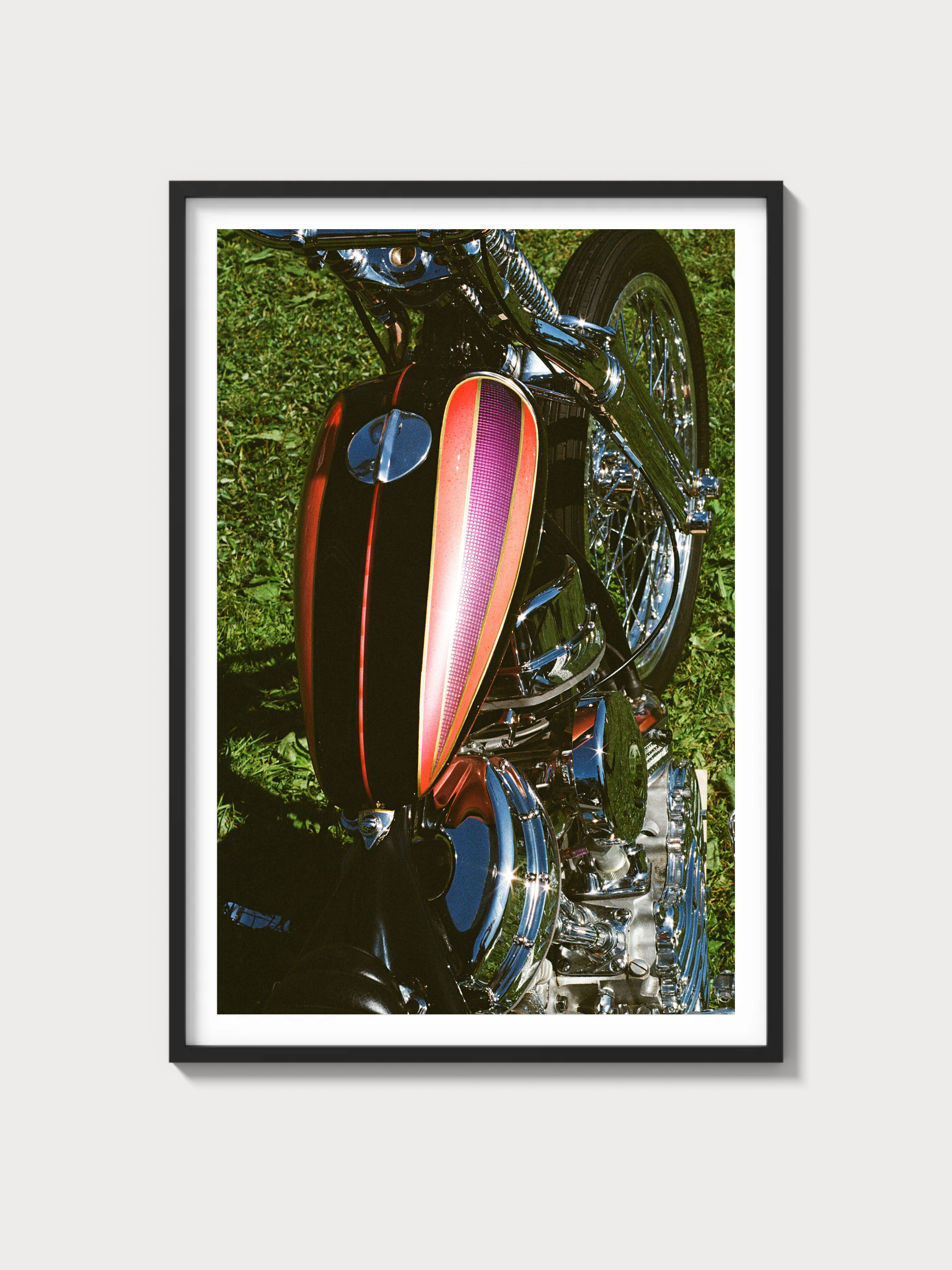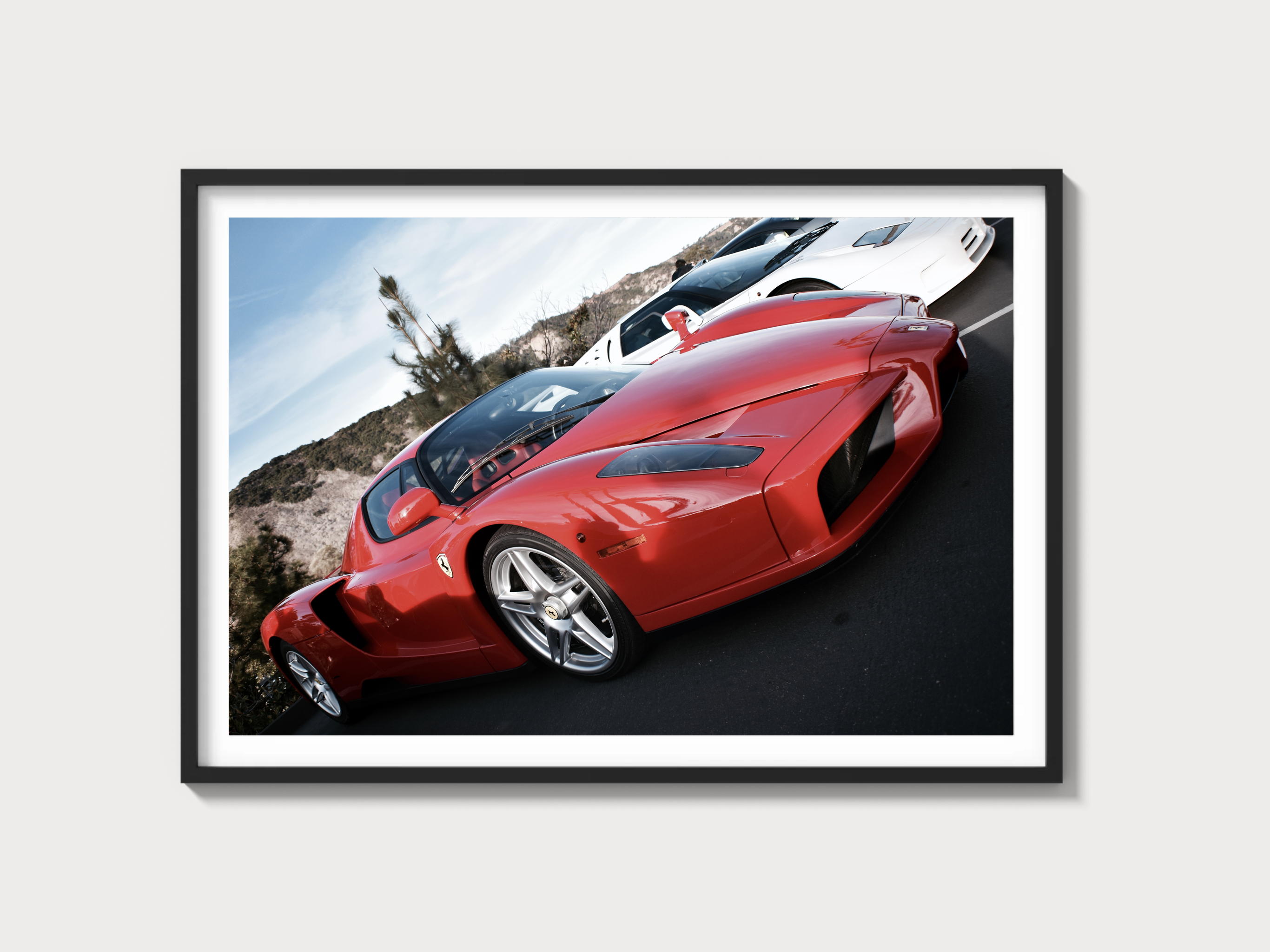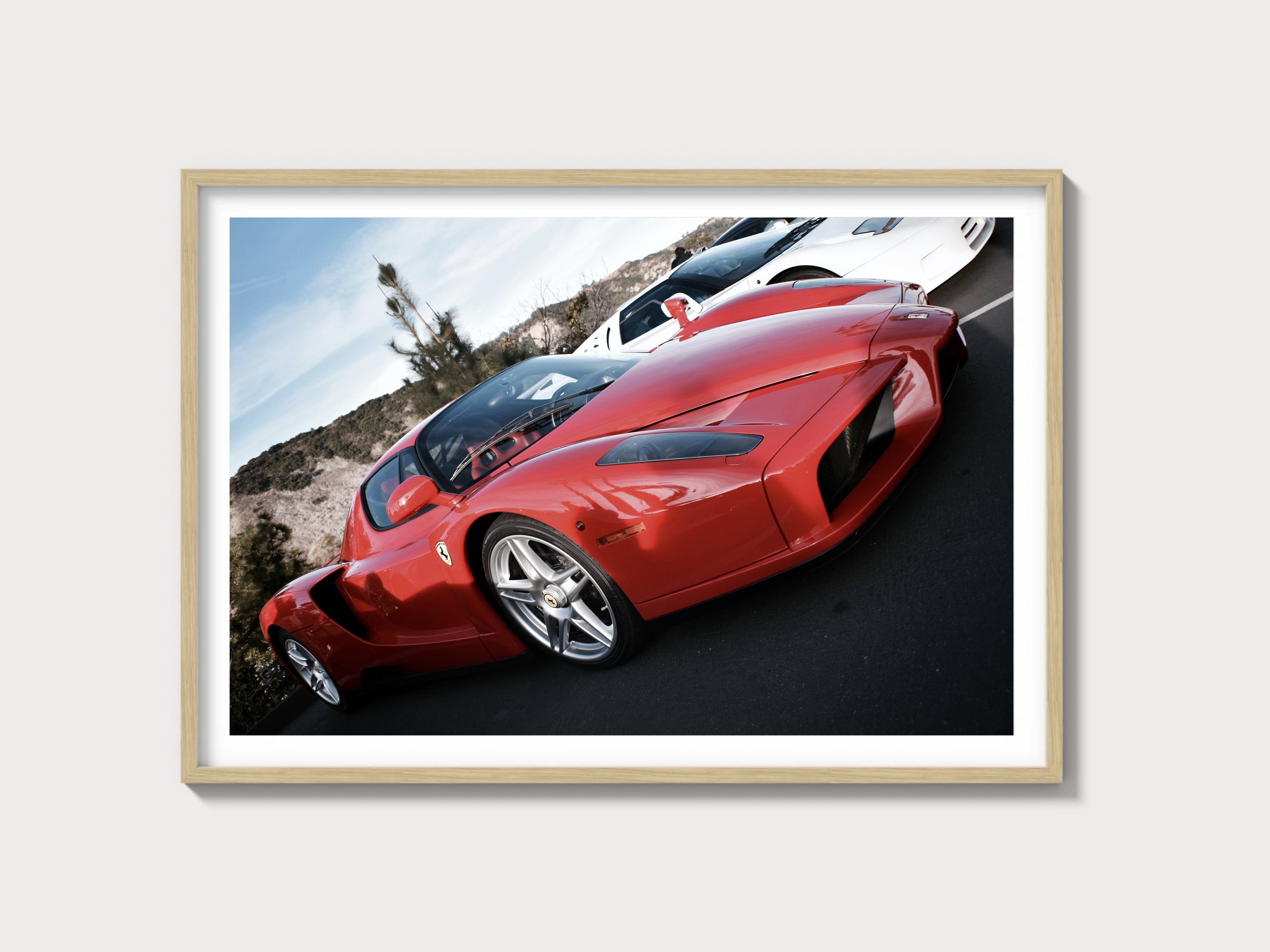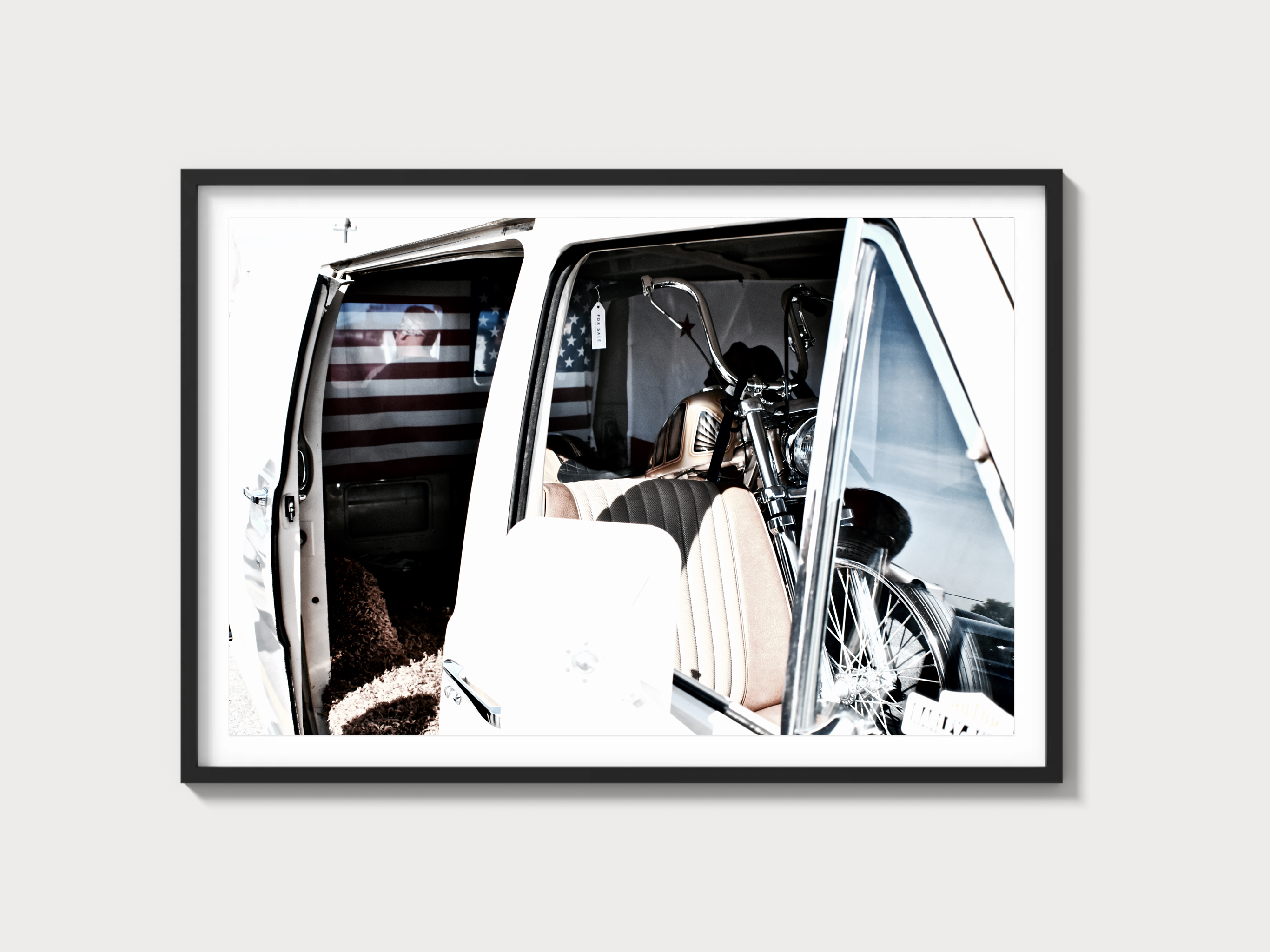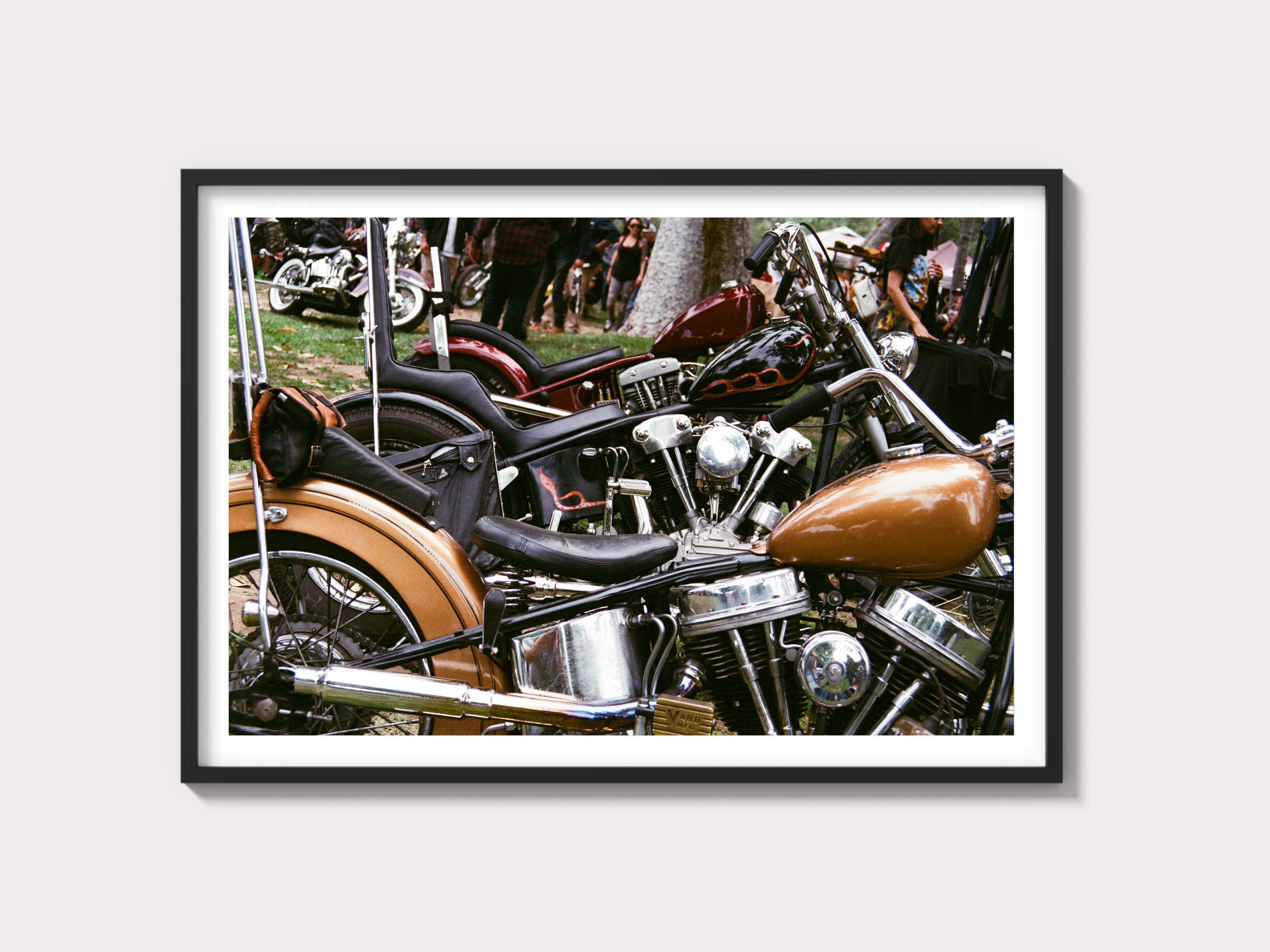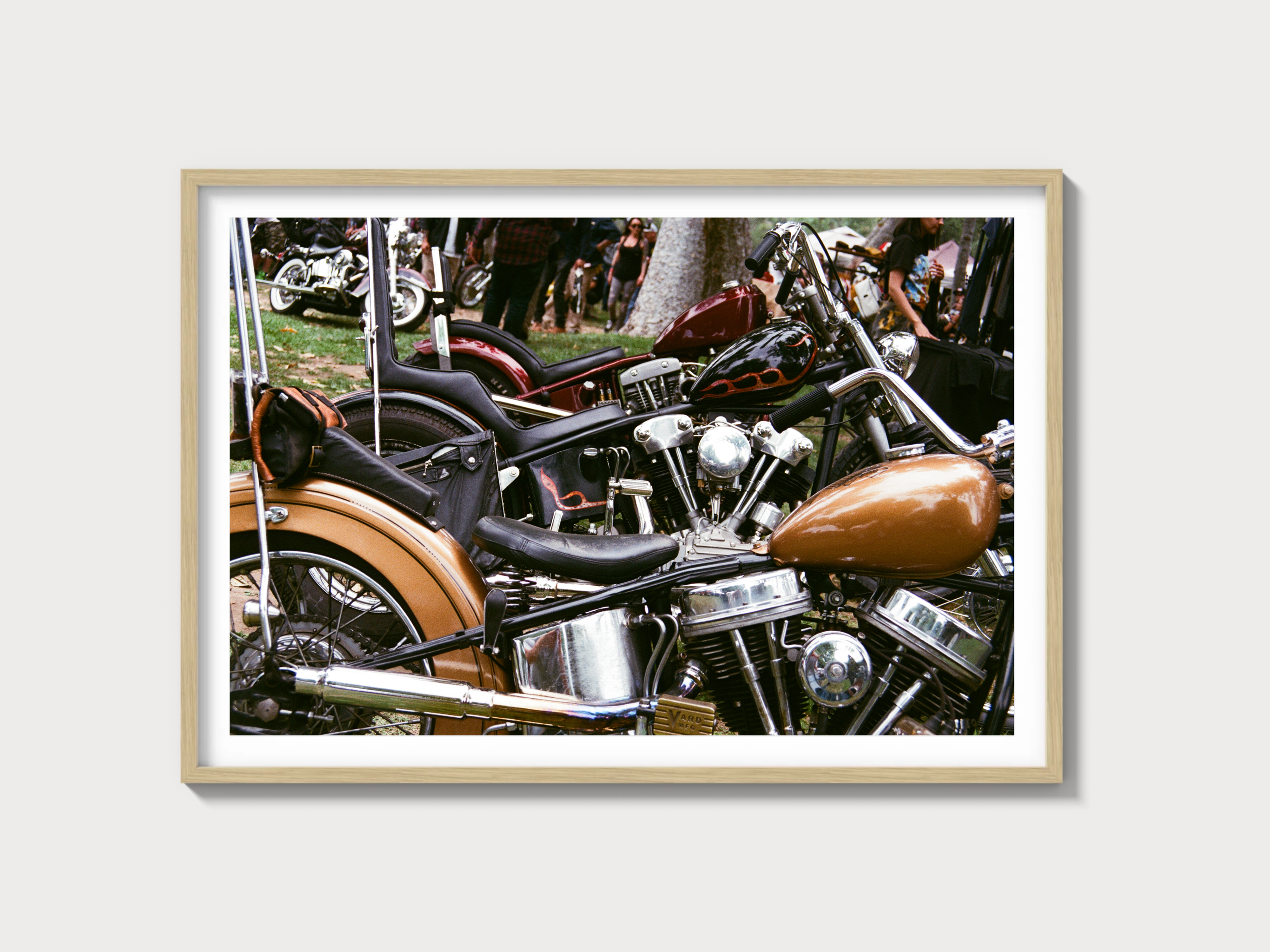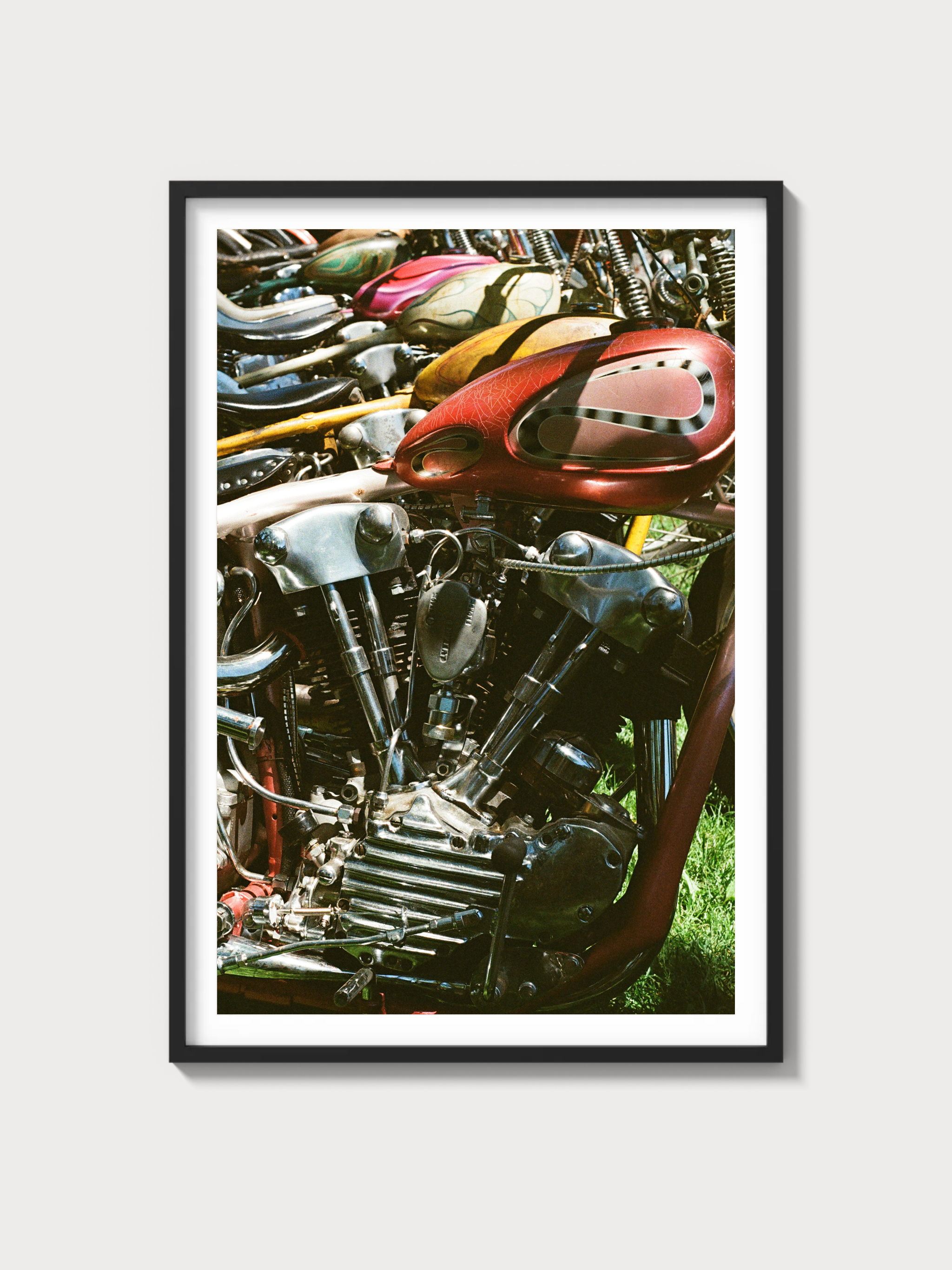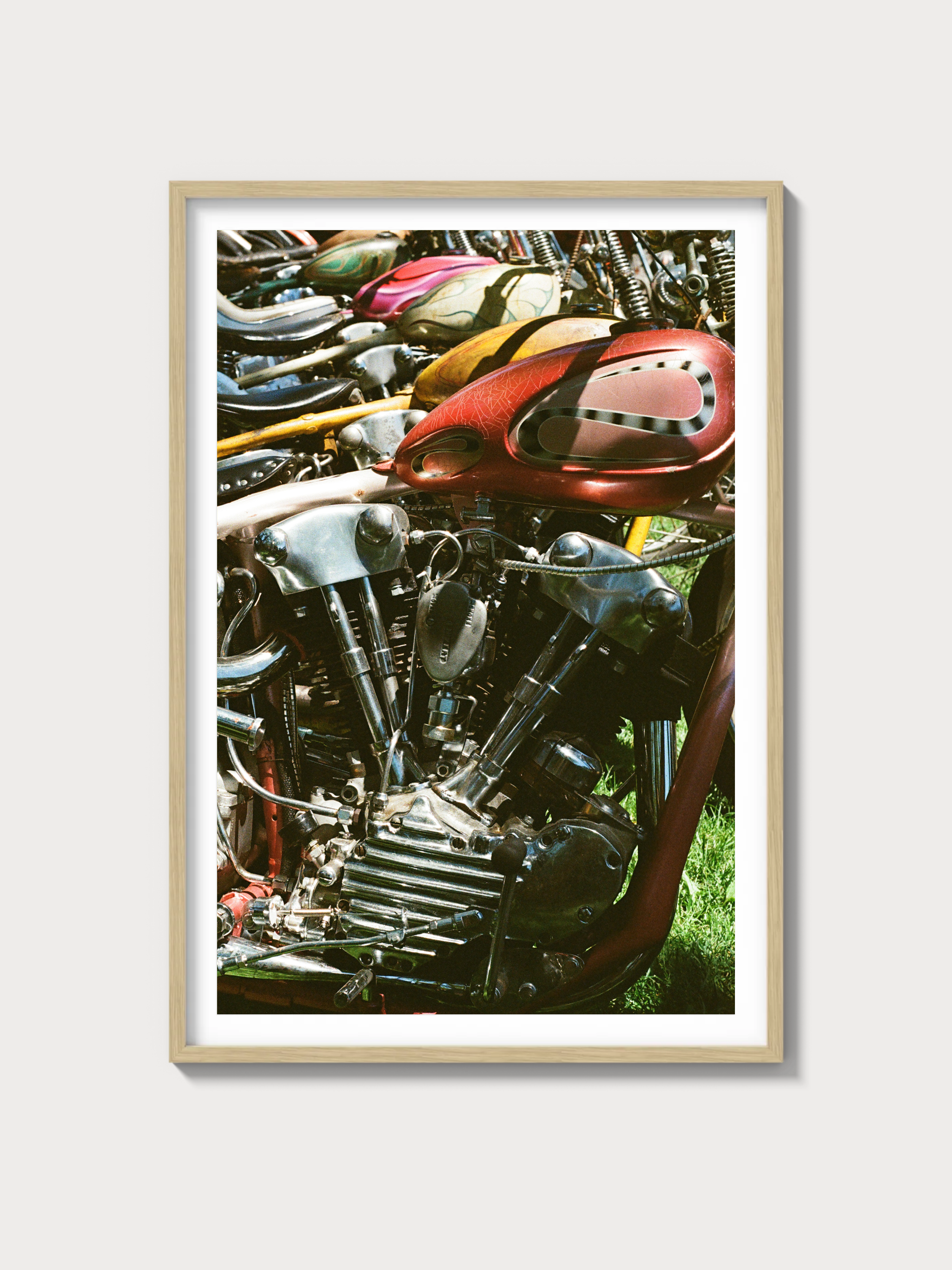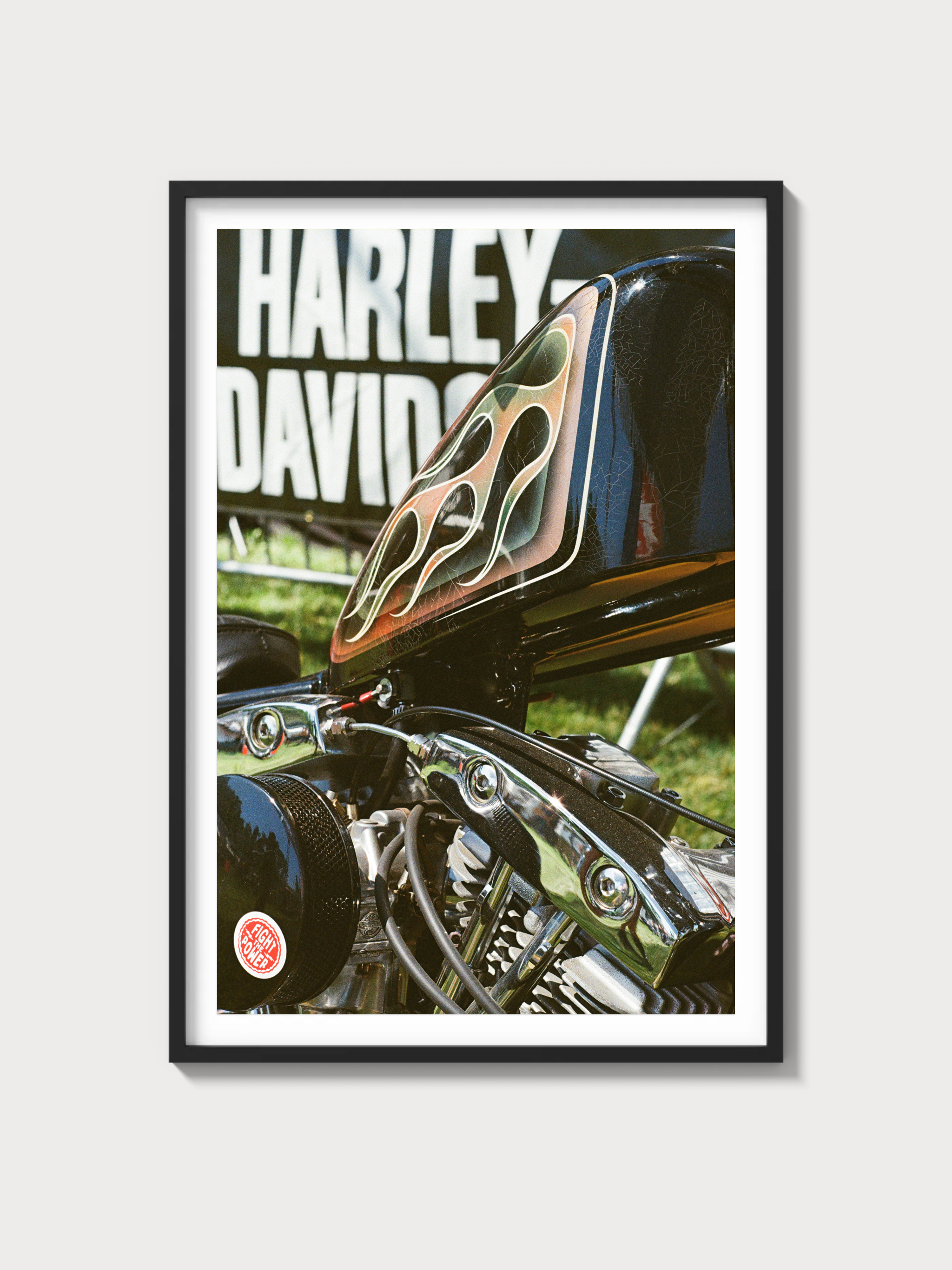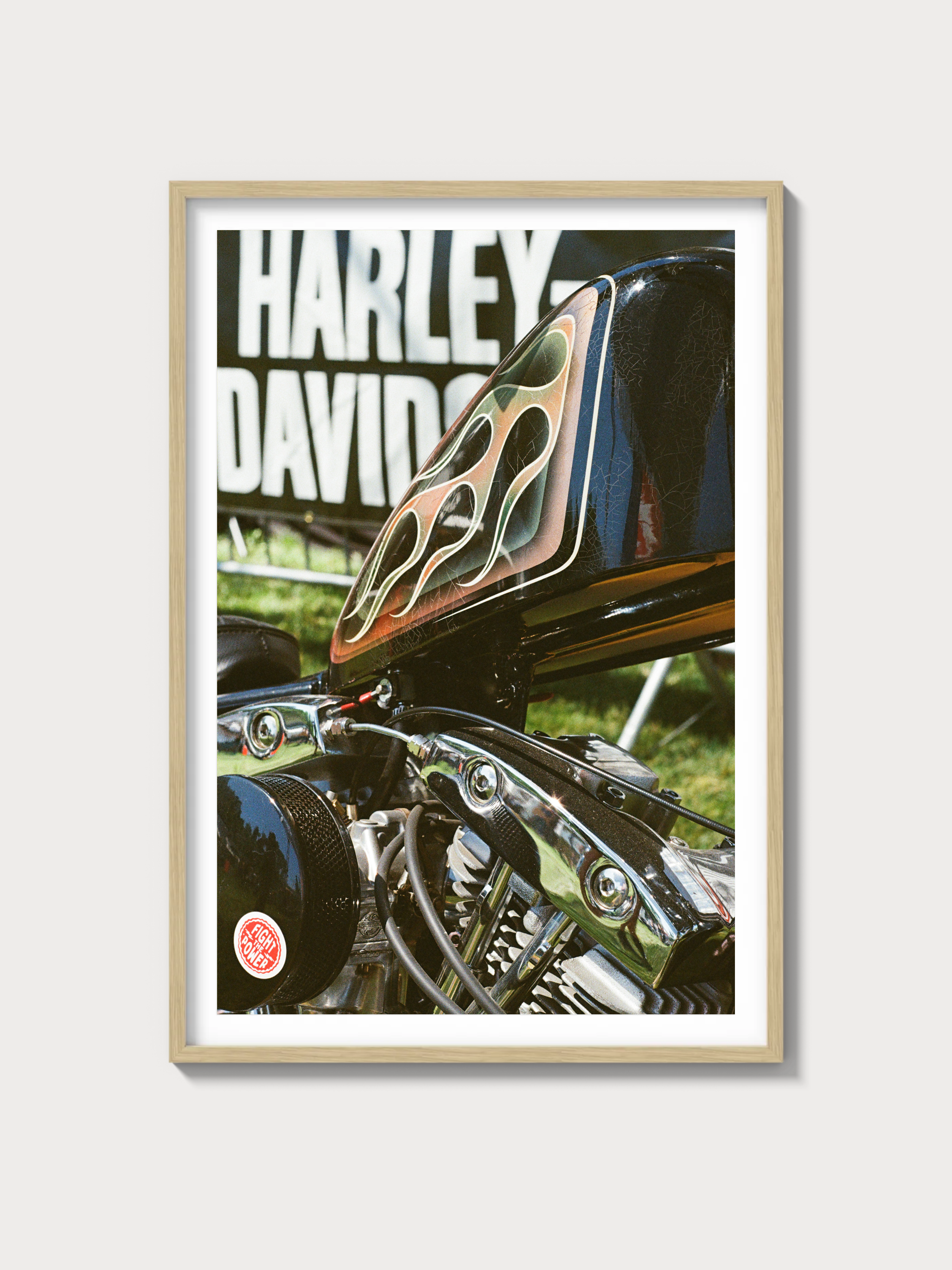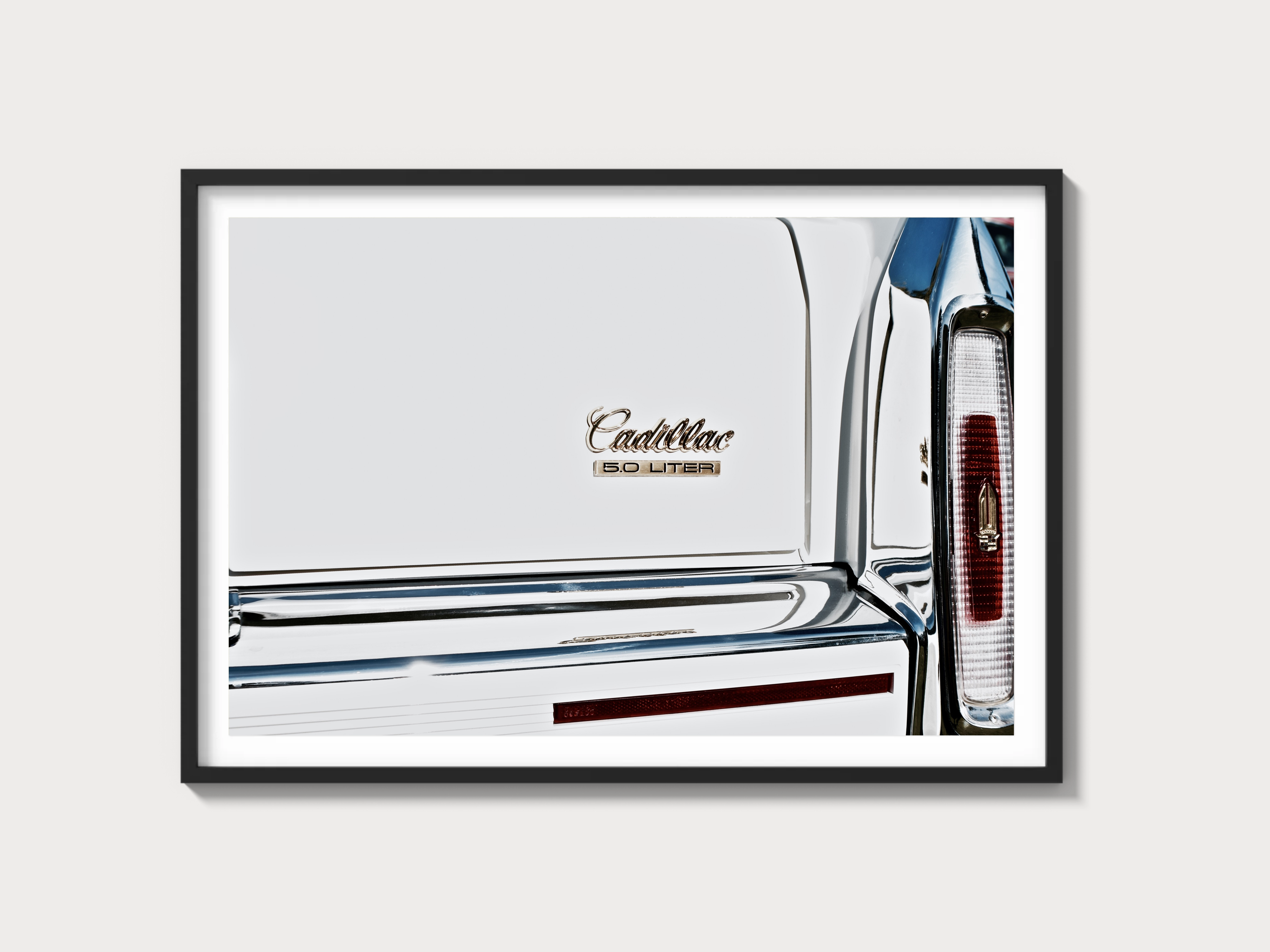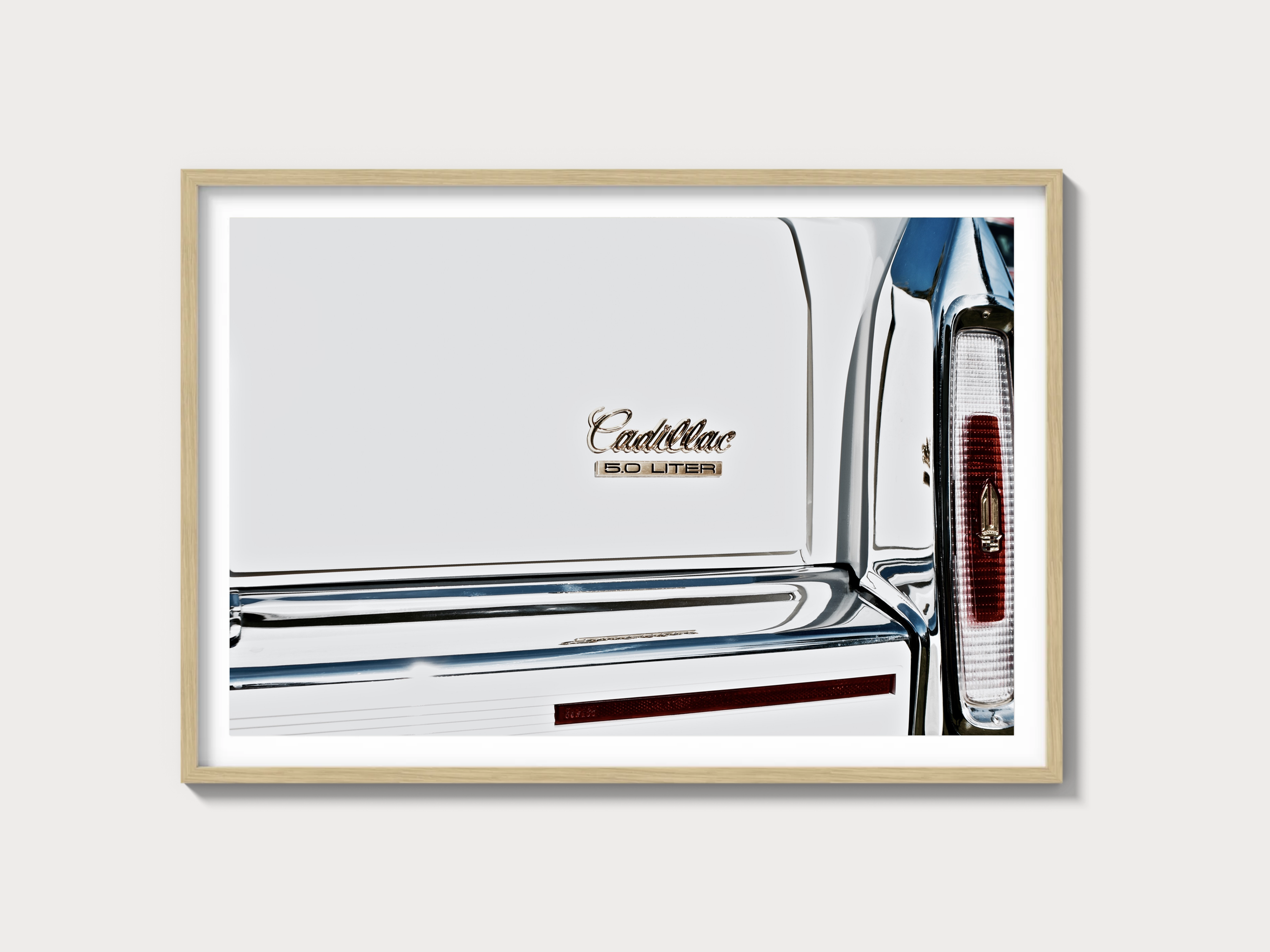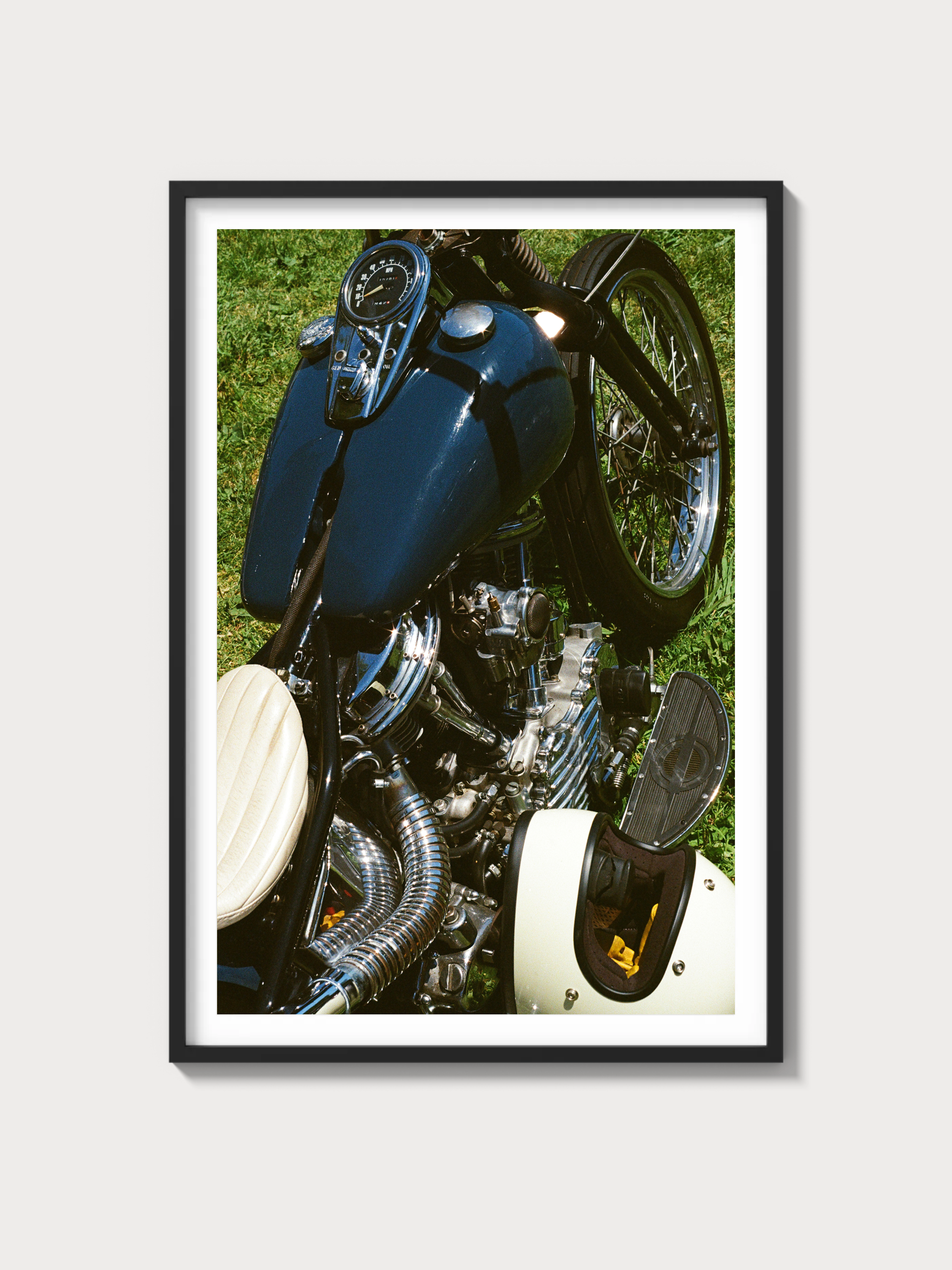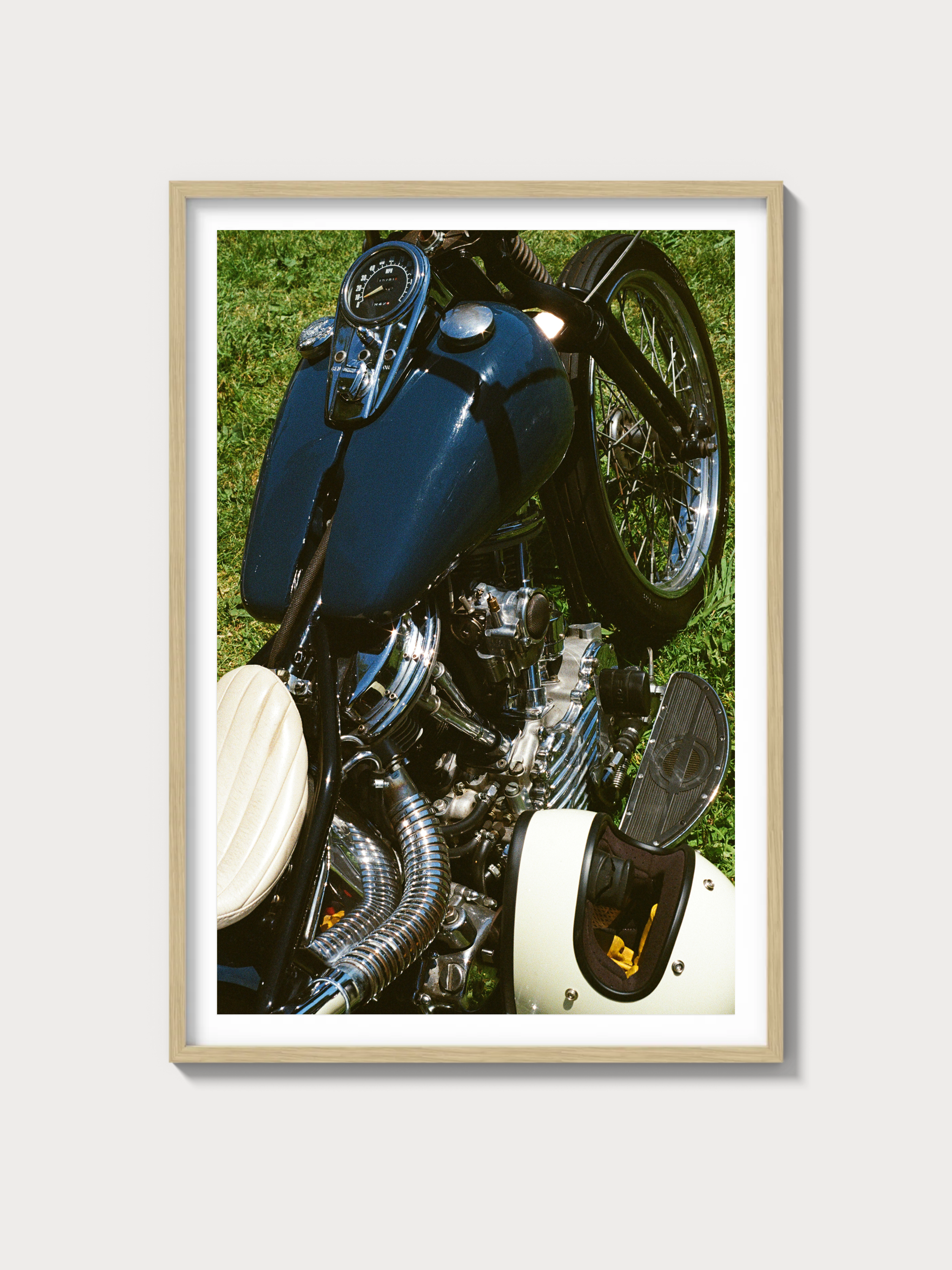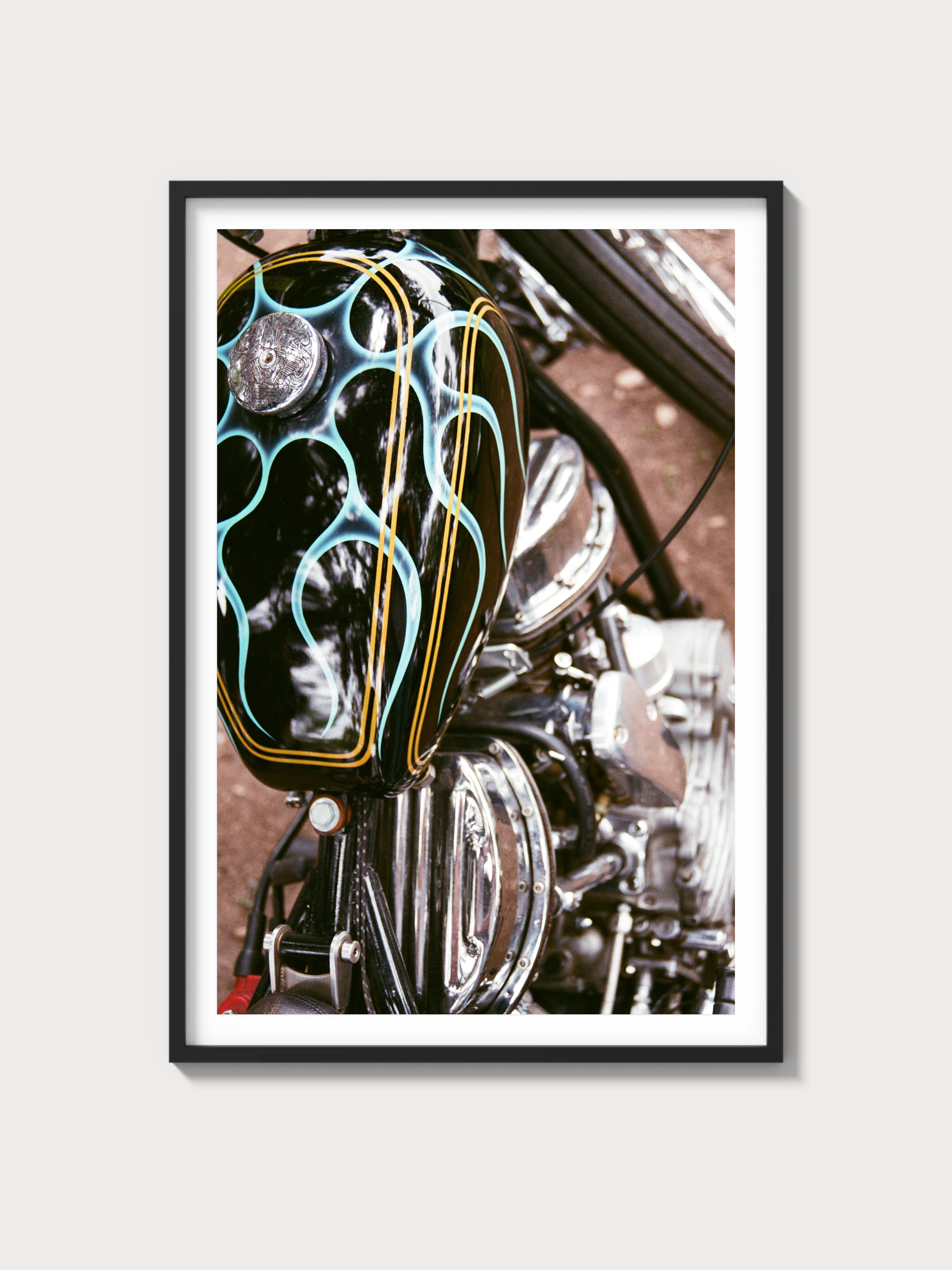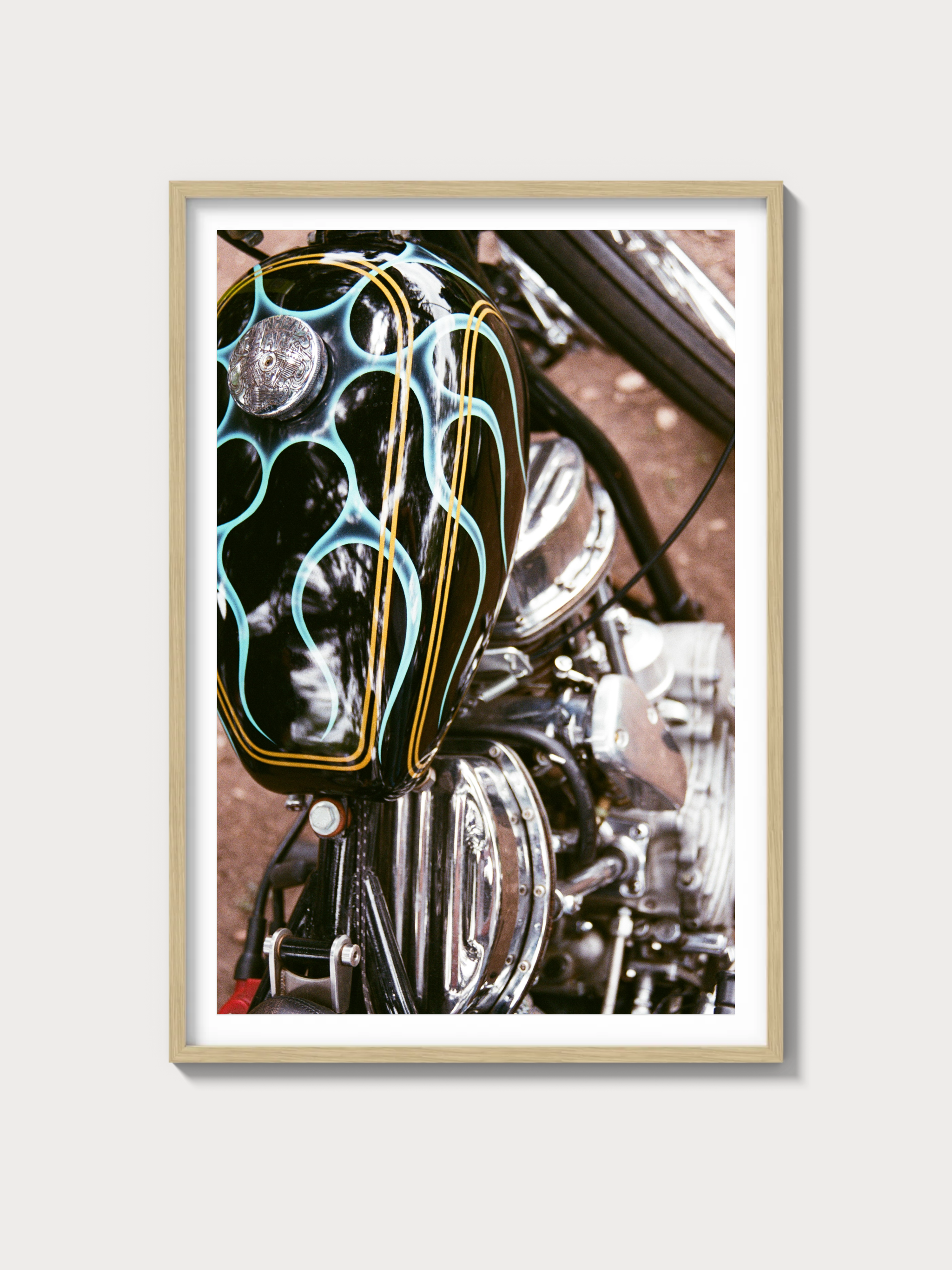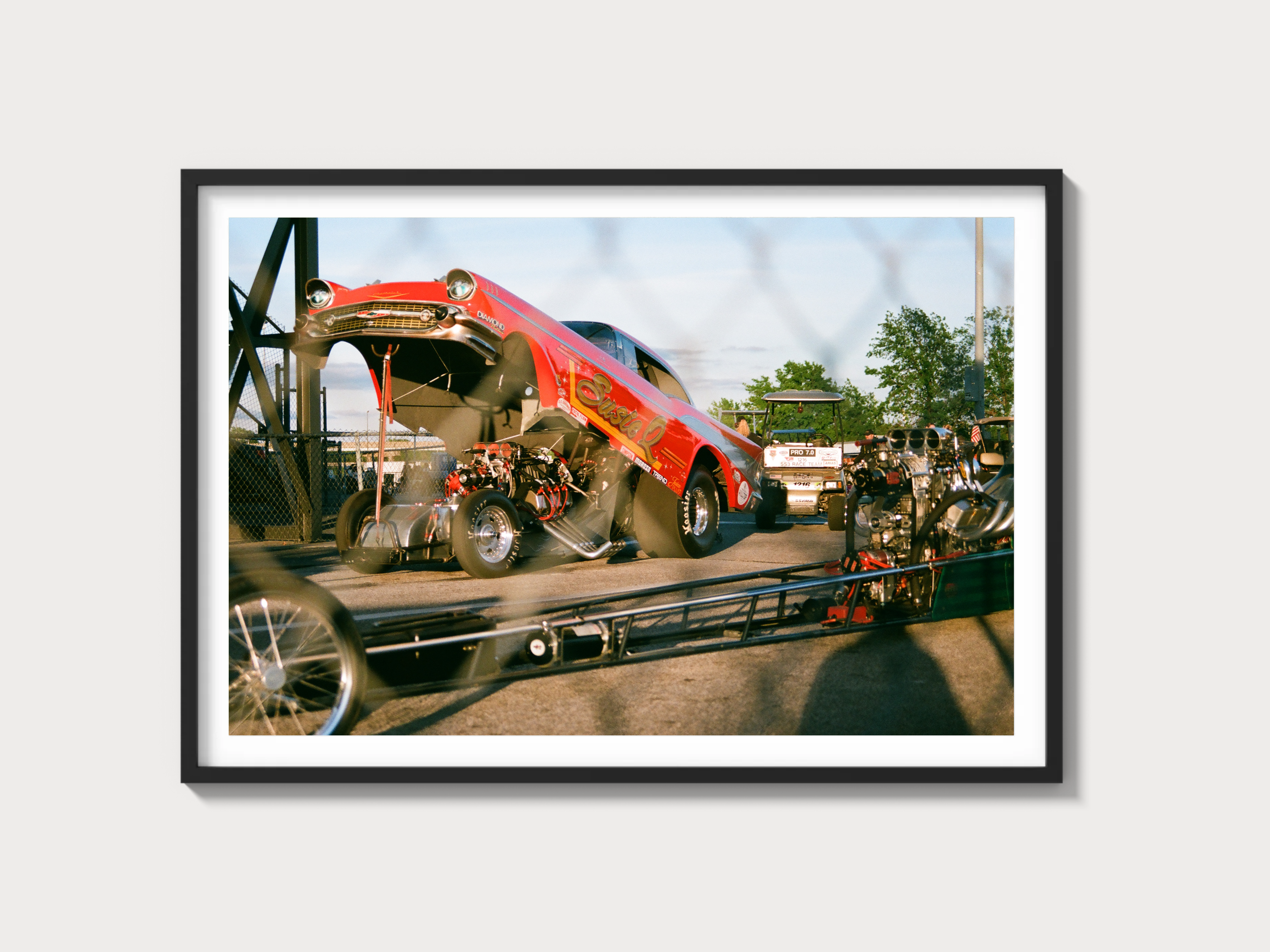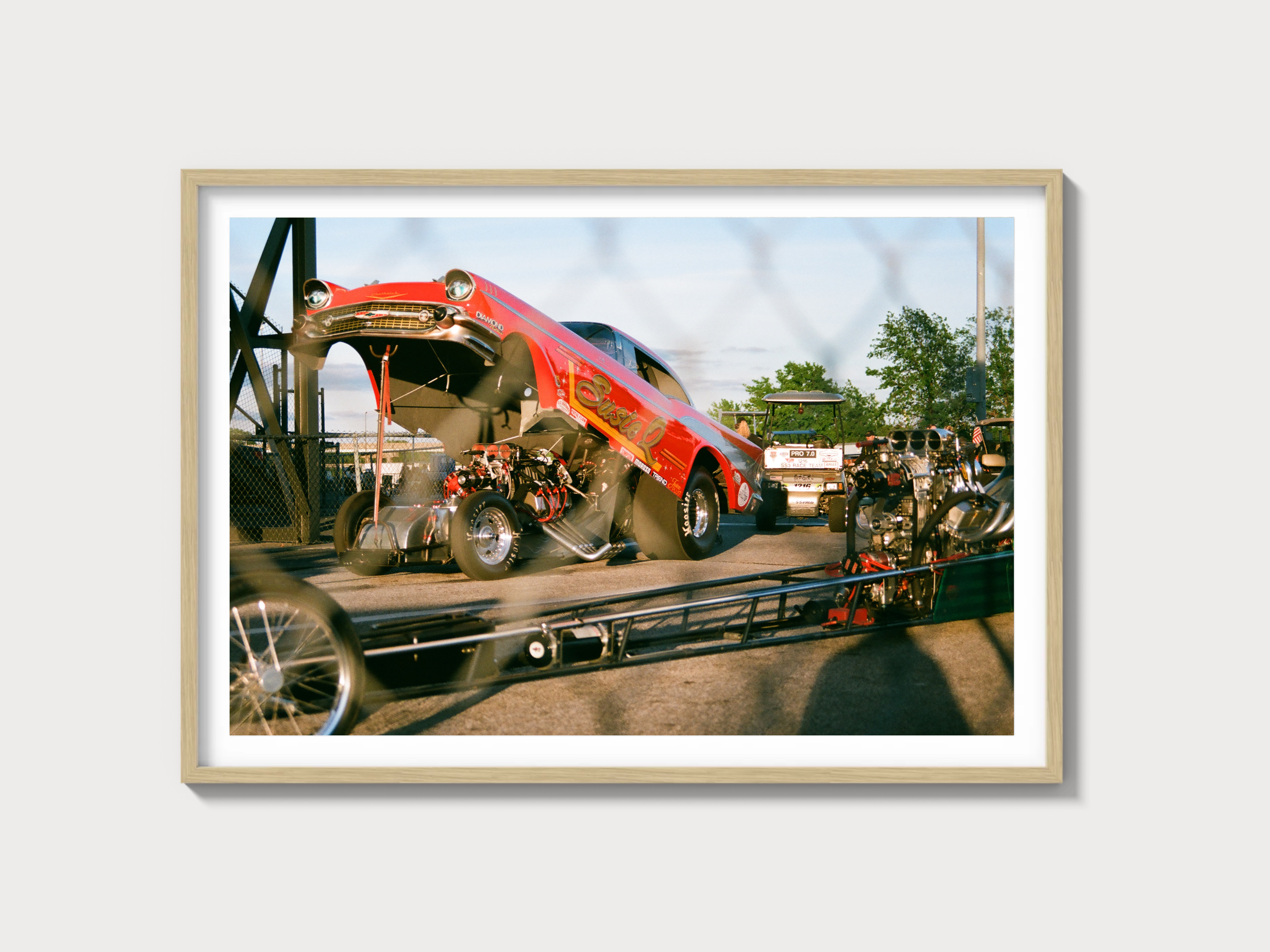1995–1999 Chevrolet Monte Carlo Base (5th Gen): The W‑Body Coupe That Brought the Nameplate Back
Historical Context and Development Background
After a hiatus following the 1988 model year, Chevrolet revived the Monte Carlo nameplate for 1995 on GM’s second-generation W‑body platform. Strategically, it replaced the Lumina Coupe in the lineup, with the Lumina name retained for the sedan. The objective was clear: leverage the Monte Carlo’s brand equity—particularly its resonance with stock-car fans—while delivering a rational, efficient front-drive personal coupe for the mid-size market.
Corporate product planning centered on modular W‑body componentry to share structures, powertrains, and electrical architectures across Chevrolet, Pontiac, Oldsmobile, and Buick. The coupé’s proportions—long doors, low cowl, and a comparatively sleek nose—were tailored as much for showroom appeal as for NASCAR silhouette alignment. Although distinct from its race-car counterpart, the production bodywork gave Chevrolet a clean, low-drag shape to homologate for Winston Cup racing.
Design-wise, the fifth-gen Monte Carlo emphasized gentle surfacing and clean aerodynamics versus the sharp edges of its G‑body predecessor. Inside, the car adopted the era’s GM ergonomics: broad dash, large controls, and an emphasis on comfort. The Base (marketed as LS in most literature) prioritized value and ease-of-use, while the Z34 added a sport suspension, larger binders, and a higher-output V6.
On track, the Monte Carlo NASCAR program delivered the cultural capital Chevrolet wanted. Monte Carlo-bodied cars won multiple Drivers’ Championships in the mid-to-late 1990s, with high-profile names such as Jeff Gordon securing titles in 1995, 1997, and 1998. In the showroom, the Monte Carlo squared off against the Ford Thunderbird (MN12), fellow W‑body coupes like the Pontiac Grand Prix and Oldsmobile Cutlass Supreme, and import coupes emerging through the decade, including the Honda Accord Coupe and, later in the cycle, Toyota’s Camry Solara.
Engine and Technical Specs
The Base model’s standard powerplant throughout the run was GM’s 60-degree pushrod V6—the 3100 SFI (RPO L82). Compact, torquey, and serviceable, it was geared for everyday drivability and competitive fuel economy rather than high-winding theatrics.
| Specification | Detail |
|---|---|
| Engine configuration | 60° OHV V6, iron block/aluminum heads |
| Displacement | 3,135 cc (3.1 L) |
| Horsepower | 160 hp @ ~5,200 rpm (typical 3100 SFI rating of the era) |
| Induction type | Naturally aspirated |
| Redline | ~6,000 rpm |
| Fuel system | Sequential multi-port fuel injection (SFI) |
| Compression ratio | ~9.5:1 |
| Bore x Stroke | 89.0 mm x 84.0 mm (3.50 in x 3.31 in) |
Transmission duty fell to an electronically controlled 4‑speed automatic from GM’s 4T60‑E family on Base models for the bulk of the run, paired to a final drive calibrated for relaxed highway cruising. The platform’s transverse engine layout and equal-length half-shafts were intended to mitigate torque steer common to high-torque FWD layouts.
Driving Experience and Handling Dynamics
The Base/LS tune is honest, comfortable, and quietly competent. The rack-and-pinion steering is light off-center but gains reassuring weight as lock builds. There’s no ambiguity about intent: this is a long-legged personal coupe, biased toward ride isolation and predictability over razor-edge response.
- Suspension: MacPherson struts up front with a lower A-arm and anti-roll bar; a strut-type independent rear with trailing arms and lateral links. The Base typically received the comfort-oriented FE1 damping and spring rates.
- Road feel: Effort is low and the structure filters coarse inputs well; body motions are gradual and easily read. On broken pavement, the W‑body’s tuning avoids the harsh secondary impacts that plagued some contemporaries.
- Gearbox behavior: The 4‑speed auto prioritizes smoothness. Calibrations of the period keep shifts unobtrusive, with kickdown delivered cleanly rather than abruptly.
- Throttle response: Off-idle torque is a 3100 SFI strength; midrange pull is adequate for merging and grades, with best results when the gearbox drops a ratio.
Push the Base Monte Carlo and the chassis takes a set progressively, rolling onto its outside front with honest feedback. Braking confidence is very useable in street contexts. The Z34’s upgrades made it the back-road choice, but the Base/LS’s manners are consistent and forgiving.
Full Performance Specs
Representative period-typical figures for the 3.1L Base/LS configuration are shown below. Real-world results vary with options, tire compound, and testing methodology.
| Metric | Monte Carlo Base (3.1L V6) |
|---|---|
| 0–60 mph | ~9.0–9.5 seconds |
| Top speed | ~115 mph |
| Quarter‑mile | ~16.8–17.2 sec @ ~80–83 mph |
| Curb weight | ~3,200–3,350 lb (equipment-dependent) |
| Layout | Transverse front‑engine, front‑wheel drive |
| Brakes | Vented front discs, rear drums; ABS available |
| Suspension | Front MacPherson strut; rear strut with trailing/lateral links |
| Gearbox | 4‑speed electronic automatic (4T60‑E family) |
Variant Breakdown (5th Gen Monte Carlo Family)
The 1995–1999 Monte Carlo lineup consisted of two primary trims in North America. The Base model was the value-led, comfort-biased specification; the Z34 added performance-oriented equipment. Production volume by trim is not publicly broken out by GM in official summaries.
| Trim/Edition | Years | Engine | Key Features | Production Numbers | Markets |
|---|---|---|---|---|---|
| Base (LS) | 1995–1999 | 3.1L V6 (3100 SFI, L82) | Comfort suspension (FE1), 15‑in wheels, rear drums; bench or bucket seats; column or floor shifter; available ABS/traction | Not separately published | U.S. and Canada |
| Z34 | 1995–1997 | 3.4L DOHC V6 (LQ1) | FE3 sport suspension, rear disc brakes, 16‑in wheels, fog lamps, buckets/console, unique gauges and fascias | Not separately published | U.S. and Canada |
| Z34 | 1998–1999 | 3.8L V6 Series II (L36) | Revised powertrain with broader torque, continued FE3 tuning, rear discs, 16‑in wheels; equipment similar to prior Z34 | Not separately published | U.S. and Canada |
Special graphics or pace-car–inspired cosmetic packages appeared in limited contexts during the run, typically based on the Z34. Availability and counts were market- and dealer-dependent and are not aggregated in GM’s public reporting.
Ownership Notes: Maintenance, Parts, and Restoration
- Powertrain durability: The 3100 SFI (L82) is generally robust when serviced on time. Common age-related items include lower intake manifold gasket seepage, coolant crossover leaks, and accessory-belt-driven pulley/bearing wear.
- Cooling system: Dex‑Cool coolant was factory fill; neglected systems can gel/sludge. Fresh coolant at appropriate intervals and proper bleeding of air are key for longevity.
- Transmission: The 4T60‑E family responds well to fluid and filter changes at sensible intervals; shift solenoids and pressure control solenoids are typical wear items as miles accumulate.
- Chassis and brakes: Front strut mounts, sway-bar end links, and rear drum hardware are routine consumables. ABS wheel-speed sensor harness corrosion can trigger warning lamps.
- Electrical: Multifunction switch and window regulator issues were not uncommon with age. Grounds in the engine bay deserve periodic inspection.
- Rust watch points: Rocker panels, lower door seams, rear wheel arches, and the fuel-filler area on cars from salted-road regions.
- Service intervals (period-typical): Engine oil changes in the 3,000–7,500‑mile window depending on duty cycle; transmission fluid/filter on a conservative 30,000–50,000‑mile schedule; coolant per the Dex‑Cool timetable but earlier if contamination is observed; platinum plugs were often rated to extended intervals but benefit from inspection mid‑life.
- Parts availability: Mechanical and wear parts are widely supported thanks to W‑body commonality. Model-specific interior trim and pristine coupe glass/weatherstripping are more challenging to source in excellent condition.
- Restoration difficulty: Straightforward mechanically; interior and cosmetic perfection is the greater challenge. Verify proper operation of ABS/traction and the HVAC control head before purchase.
Cultural Relevance and Market Perspective
Chevrolet’s NASCAR program made the mid‑’90s Monte Carlo omnipresent in American motorsport culture. The silhouette graced countless die‑casts, posters, and dealer displays. While the Base/LS didn’t pretend to be a track car, its identity was tethered to the winning race effort—an association that kept the nameplate in the public eye.
Collector interest tends to concentrate on exceptionally original survivors, low‑mileage examples, and cars with period documentation. The Base/LS occupies the accessible end of the spectrum, with the Z34 (particularly the 3.4 DOHC cars) drawing more enthusiast curiosity. Auction outcomes historically reflect this split: driver‑grade Base cars trade below like‑condition Z34s, with premiums attached to outstanding condition, mileage, and provenance.
FAQs
Is the 3100 SFI V6 reliable?
Yes, with proper maintenance. Expect attention to the lower intake manifold gaskets over time, routine cooling-system service, and periodic transmission fluid changes for the 4‑speed auto. Ignition components and sensors are inexpensive and widely available.
What problems are commonly reported?
Intake manifold gasket seepage, aging coolant issues if service is neglected, transmission shift-solenoid wear, ABS wheel-speed sensor wiring faults, front strut mounts/end links, and window regulators.
How quick is the Base Monte Carlo?
Period-typical results place the 3.1L Base/LS around the low‑to‑mid‑9‑second range to 60 mph and roughly 17 seconds in the quarter‑mile, with an indicated top speed in the mid‑110s mph.
What’s the difference between the Base (LS) and Z34?
The Base/LS runs the 3.1L 3100 SFI V6, comfort‑oriented suspension, and rear drum brakes. The Z34 added a higher‑output V6 (3.4 DOHC from 1995–1997; 3.8L Series II from 1998–1999), a firmer FE3 suspension, rear discs, 16‑inch wheels, and sport trim.
Are parts hard to find?
Mechanical parts are abundant due to W‑body commonality across GM brands. Trim, upholstery, and weatherstripping in top condition are scarcer, so factor that into purchase decisions.
Does it have a manual transmission option?
No. Fifth‑generation Monte Carlo models were automatic-only.
What should I check on a test drive?
Look for smooth, consistent shifts; stable coolant temps; quiet front strut mounts; straight-line tracking under braking; and full HVAC function. Scan for ABS lights and ensure both cooling fans cycle normally.




